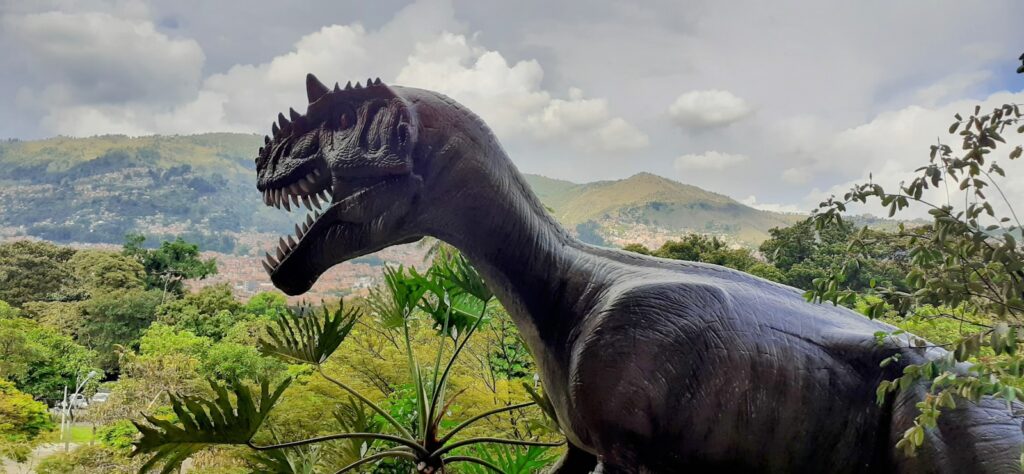Picture this: it’s 1993, and you’re settling into your couch with a bowl of popcorn, ready to watch the latest dinosaur documentary. The narrator’s voice booms dramatically as a massive Tyrannosaurus rex drags its tail across the screen, roaring like a lion on steroids. Fast forward three decades, and that same scene would make paleontologists cringe so hard they’d need a chiropractor. Welcome to the wild world of retro dinosaur documentaries, where scientific accuracy took a backseat to pure spectacle.
The Dawn of Dinosaur Television
The golden age of dinosaur documentaries kicked off in the 1960s and 70s, when television producers realized that prehistoric monsters could captivate audiences like nothing else. These early programs were groundbreaking in their ambition, bringing dinosaurs to life through stop-motion animation and elaborate puppet work. Ray Harryhausen’s influence loomed large over these productions, with his signature jerky movements and dramatic lighting becoming the standard for how dinosaurs should move on screen.
However, these pioneering documentaries were built on a foundation of outdated Victorian-era paleontology. The scientific understanding of dinosaurs hadn’t evolved much since the late 1800s, and filmmakers relied heavily on museum displays and artist reconstructions that were decades old. What we got were sluggish, cold-blooded reptiles that spent most of their time standing around in swamps, looking about as dynamic as a traffic cone.
The Tail-Dragging Epidemic
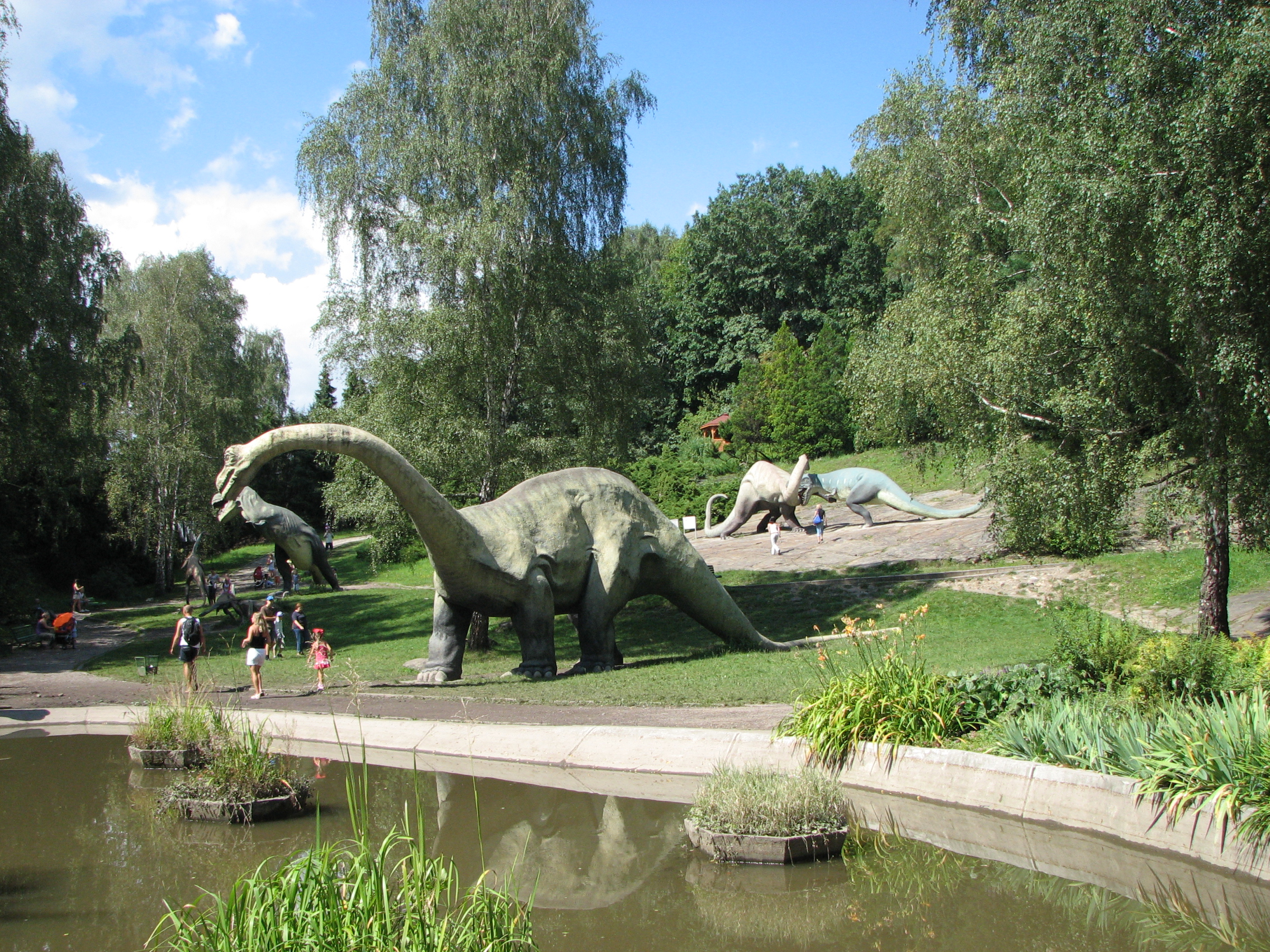
If there’s one image that perfectly captures the dinosaur documentary sins of the past, it’s the sight of a massive sauropod dragging its tail through primordial mud like a reluctant garden hose. For decades, every single long-necked dinosaur on screen left a convenient tail-shaped groove in the ground behind it. This wasn’t just artistic license – it was considered scientifically accurate at the time.
The tail-dragging epidemic stemmed from early paleontologists’ interpretation of dinosaur trackways and skeletal reconstructions. Scientists genuinely believed that these massive creatures needed their tails for balance and support, much like a third leg. It wasn’t until the 1970s that researchers realized dinosaur tails were actually held aloft, acting as counterbalances to their long necks and helping them maintain their center of gravity.
Modern paleontologists now know that dragging a tail would have been incredibly impractical for most dinosaurs. The energy expenditure alone would have been enormous, and the wear and tear on the tail vertebrae would have been catastrophic. Yet countless documentaries from the 60s, 70s, and 80s perpetuated this myth, creating an entire generation of dinosaur fans who thought these magnificent creatures were essentially oversized lizards with mobility issues.
Swamp Monsters or Savanna Sprinters
The old dinosaur documentaries loved their swamps. Every sauropod scene seemed to take place in some misty, primordial bog where these giants could supposedly support their massive weight in the water. The logic seemed sound at the time – these creatures were simply too heavy to walk on land, so they must have spent most of their time wading through prehistoric lagoons like giant hippos.
This aquatic lifestyle theory dominated dinosaur documentaries for decades, painting sauropods as sluggish swamp dwellers who rarely ventured onto dry land. Documentary producers loved this concept because it gave them an excuse to create dramatic water scenes and mysterious, fog-shrouded environments. The reality, as we now know, was far more exciting.
Modern research has completely overturned the swamp-dwelling sauropod theory. These dinosaurs were actually built for life on dry land, with powerful legs designed for supporting their weight and sophisticated air sac systems that helped them breathe efficiently. Far from being aquatic couch potatoes, many sauropods were probably capable of covering impressive distances across ancient landscapes, migrating seasonally like modern elephants.
The Great Posture Revolution
Perhaps nothing screams “vintage dinosaur documentary” quite like the sight of a Tyrannosaurus rex standing upright like a giant, toothy penguin. These early reconstructions had T. rex and other theropods adopting an almost human-like posture, with their spines nearly vertical and their tiny arms dangling uselessly at their sides. It was dramatic, certainly, but it was also completely wrong.
The upright posture mistake came from early paleontologists who were influenced by kangaroo and bird anatomy. They assumed that dinosaurs must have balanced on their tails like tripods, which led to those iconic museum poses that dominated popular culture for decades. Documentary makers embraced this interpretation because it made dinosaurs look more imposing and alien.
The truth about dinosaur posture began emerging in the 1970s and 80s, when scientists realized that most dinosaurs held their bodies horizontally, with their spines parallel to the ground. This wasn’t just a minor adjustment – it completely changed how we understood dinosaur movement, behavior, and ecology. A horizontal T. rex was a much more efficient predator, capable of swift movement and precise balance.
Cold-Blooded Controversy
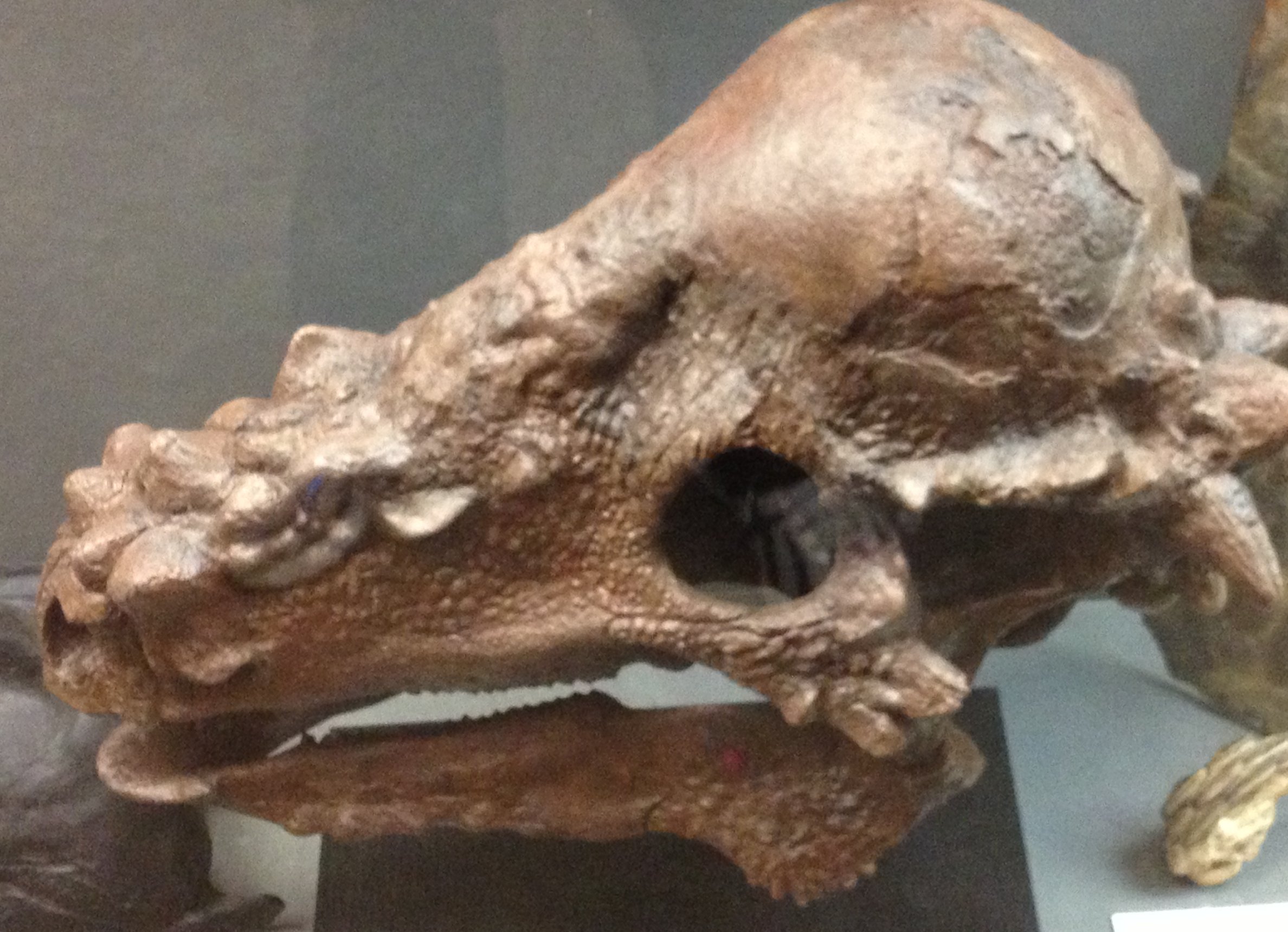
One of the most persistent myths in retro dinosaur documentaries was the portrayal of dinosaurs as sluggish, cold-blooded reptiles. These programs showed dinosaurs basking in the sun for hours, moving with the enthusiasm of a sedated iguana, and generally behaving like oversized lizards. The cold-blooded assumption seemed logical at the time – after all, dinosaurs were reptiles, and reptiles were cold-blooded.
This interpretation had dramatic consequences for how documentaries portrayed dinosaur behavior. Cold-blooded dinosaurs meant slow-motion chase scenes, lengthy periods of inactivity, and a general lack of the dynamic behavior that makes for compelling television. Documentary makers compensated by focusing on size and spectacle rather than behavior and intelligence.
The warm-blooded dinosaur revolution began in the 1970s when paleontologist Robert Bakker proposed that dinosaurs were actually active, warm-blooded creatures. This theory was controversial at first, but evidence began mounting in favor of dinosaurian warm-bloodedness. Modern research suggests that at least some dinosaurs, particularly theropods, were indeed warm-blooded, capable of sustained activity and complex behaviors that cold-blooded animals simply couldn’t manage.
Feathered Friends or Scaly Monsters
The dinosaur documentaries of yesteryear presented a world populated entirely by scaly, reptilian monsters. Every dinosaur, from the smallest Compsognathus to the largest Brachiosaurus, was covered in the same basic lizard-like skin. This wasn’t necessarily wrong for all dinosaurs, but it certainly wasn’t the complete picture. The idea that some dinosaurs might have been covered in feathers was barely a whisper in scientific circles.
Feathered dinosaurs were practically unheard of in popular media until the late 1990s and early 2000s. When the first feathered dinosaur fossils were discovered in China, they sent shockwaves through the paleontological community and completely revolutionized our understanding of dinosaur appearance. Suddenly, the reptilian monsters of classic documentaries looked hopelessly outdated.
Today we know that feathers were far more common among dinosaurs than anyone imagined. Many theropods sported elaborate plumage, and even some plant-eating dinosaurs had primitive feather-like structures. The implications go far beyond just appearance – feathers suggest complex behaviors, sophisticated thermoregulation, and evolutionary relationships that early documentaries couldn’t have imagined.
Social Dinosaurs vs. Solitary Predators
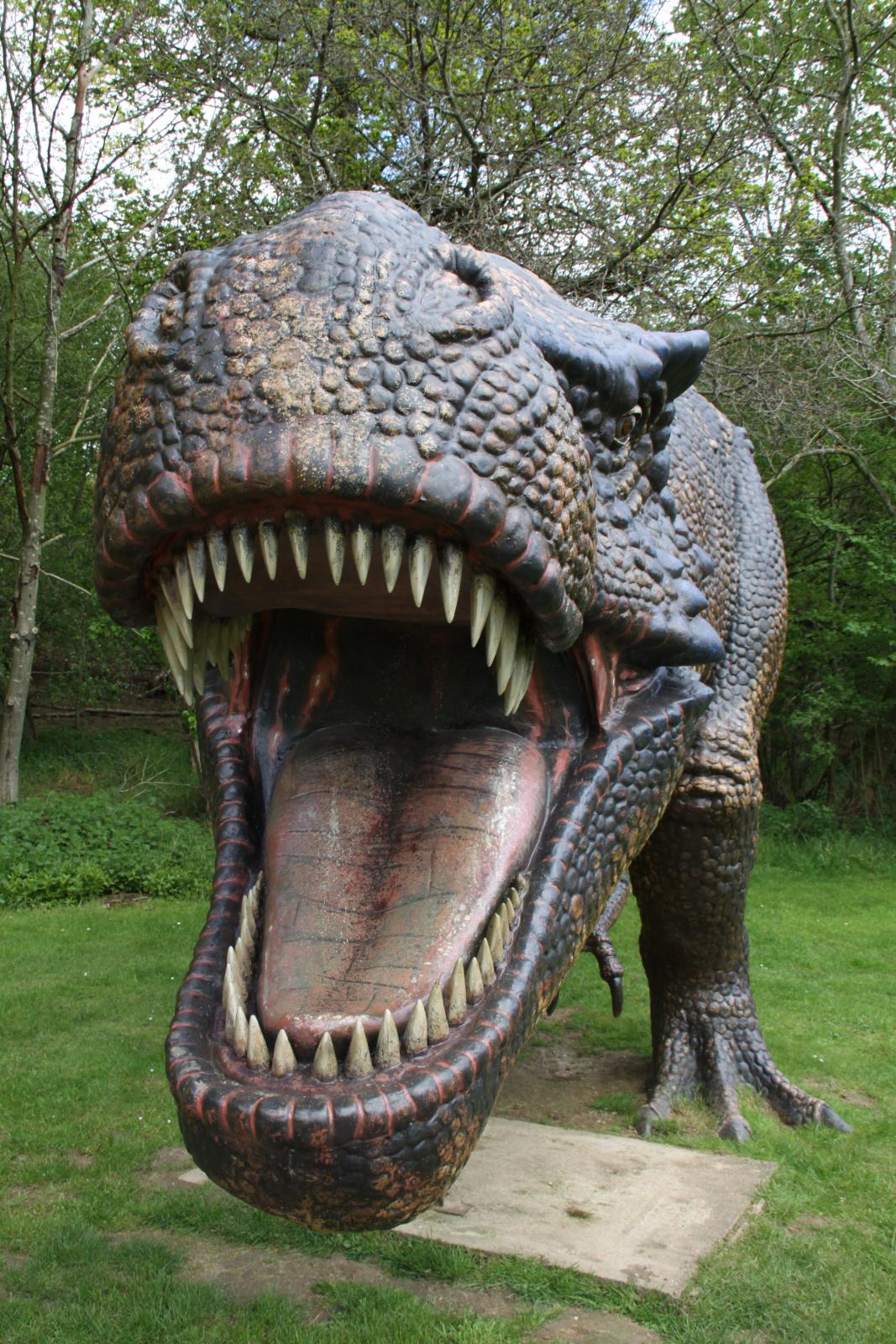
Classic dinosaur documentaries painted a picture of prehistoric antisocial behavior. Dinosaurs were portrayed as solitary creatures that only came together to fight or mate, with little evidence of complex social structures or cooperative behavior. This individualistic interpretation made for dramatic storytelling but missed the mark on dinosaur social dynamics.
The emphasis on solitary behavior stemmed partly from the predator-prey relationships that dominated early documentaries. Producers wanted clear heroes and villains, and complex social interactions muddied those waters. It was easier to show a lone T. rex terrorizing a herd of plant-eaters than to explore the nuanced social behaviors that were actually happening.
Modern paleontology has revealed that dinosaurs were far more social than previously thought. Evidence of pack hunting, parental care, and complex communication systems has emerged from fossil sites around the world. Some dinosaurs built elaborate nests, others traveled in massive herds, and many showed evidence of cooperative behavior that rivals modern social animals.
The Sound of Silence
Early dinosaur documentaries faced a unique challenge: what did dinosaurs actually sound like? The solution was often to raid the sound effects library and slap generic monster roars onto every creature. The result was a prehistoric world that sounded like a cross between a zoo and a horror movie, with every dinosaur apparently equipped with the vocal cords of a lion or tiger.
The roaring dinosaur became such an iconic element of these documentaries that it’s hard to imagine them any other way. From the thunderous bellows of sauropods to the piercing shrieks of pterosaurs, every sound was designed for maximum dramatic impact rather than biological accuracy. The bigger the dinosaur, the louder and more terrifying the roar.
Recent research into dinosaur vocalization has painted a very different picture. Many dinosaurs probably communicated through low-frequency rumbles, similar to elephants or crocodiles. Some may have used closed-mouth vocalizations, while others might have employed visual displays or even simple hissing sounds. The Hollywood roar, while entertaining, was probably far from reality.
Dinosaur Intelligence: From Pea-Brains to Problem Solvers
The intelligence level attributed to dinosaurs in classic documentaries was embarrassingly low. These programs portrayed dinosaurs as essentially giant, instinct-driven eating machines with brains the size of walnuts. The famous “pea-brain” comparison for large dinosaurs became a running joke, reinforcing the idea that prehistoric creatures were too stupid to do much beyond eating and reproducing.
This dim view of dinosaur intelligence was partly based on the brain-to-body size ratio, which seemed to suggest that larger dinosaurs had proportionally tiny brains. Documentary makers ran with this concept, showing dinosaurs as bumbling giants who could barely navigate their environment without falling over. It made for comedic moments but seriously underestimated these ancient creatures.
Modern studies of dinosaur brain structure and behavior have revealed much more sophisticated cognitive abilities than previously thought. Some dinosaurs showed evidence of problem-solving skills, complex social behaviors, and even possible tool use. The “bird brain” insult takes on new meaning when you realize that birds are dinosaurs, and many species demonstrate remarkable intelligence.
The Extinction Event: Mysterious Disappearance
Perhaps no aspect of dinosaur documentaries has aged worse than their treatment of the extinction event. Classic programs often portrayed the end of the dinosaurs as a mysterious, gradual decline with no clear cause. Some documentaries suggested climate change, others pointed to volcanic activity, and many simply threw up their hands and called it one of science’s greatest mysteries.
The vague treatment of dinosaur extinction was partly due to genuine scientific uncertainty. The asteroid impact theory wasn’t widely accepted until the 1990s, so documentary makers had to work with incomplete information. The result was often a series of wild speculations and dramatic reenactments of dinosaurs slowly fading away into prehistory.
Today’s understanding of the extinction event is far more specific and dramatic than anything the old documentaries imagined. The asteroid impact that ended the age of dinosaurs was a catastrophic event that makes Hollywood disaster movies look tame by comparison. Modern documentaries can show the actual mechanics of extinction with scientific precision that wasn’t available to earlier filmmakers.
Special Effects: Puppets, Stop-Motion, and Early CGI
The special effects in retro dinosaur documentaries were often more memorable than the dinosaurs themselves. These programs were pioneers in bringing extinct creatures to life, using every trick in the book from elaborate puppets to painstaking stop-motion animation. The results were often charming in their obvious artificiality, but they represented cutting-edge technology for their time.
Stop-motion animation was the gold standard for dinosaur documentaries throughout the 1970s and 80s. The jerky, distinctive movement of stop-motion creatures became synonymous with prehistoric life for an entire generation of viewers. While the technology was impressive, it also imposed limitations on how dinosaurs could be portrayed, favoring slow, deliberate movements over dynamic action.
The transition to early CGI in the 1990s promised to revolutionize dinosaur documentaries, but the early results were often unconvincing. The computer-generated dinosaurs of the mid-90s looked fake and plasticky compared to the tactile charm of practical effects. It would take years for digital technology to catch up to the craftsmanship of traditional animation techniques.
Accuracy vs. Entertainment: The Eternal Struggle
The tension between scientific accuracy and entertainment value has plagued dinosaur documentaries since their inception. Early programs often prioritized spectacle over science, creating dramatic scenes that looked impressive but bore little resemblance to actual dinosaur behavior. The “monster movie” approach dominated, with dinosaurs portrayed as either gentle giants or terrifying predators depending on the needs of the narrative.
This entertainment-first approach led to some genuinely problematic portrayals that persisted for decades. The “killer instinct” narrative made every carnivorous dinosaur into a mindless killing machine, while herbivores were portrayed as helpless victims. The reality of dinosaur ecology was far more complex and interesting than these simplified good-versus-evil storylines.
Modern dinosaur documentaries have made great strides in balancing accuracy with entertainment, but the challenge remains. Audiences still want excitement and drama, while scientists insist on accuracy and evidence-based storytelling. The best contemporary programs manage to find that sweet spot where rigorous science meets compelling narrative.
The Legacy of Retro Dinosaur Documentaries
Despite their scientific shortcomings, retro dinosaur documentaries deserve credit for igniting public interest in paleontology and prehistoric life. These programs introduced millions of people to dinosaurs for the first time, inspiring countless careers in science and fostering a lifelong fascination with the ancient world. The enthusiasm they generated was genuine, even if the science was sometimes questionable.
The visual language established by these early documentaries continues to influence how we think about dinosaurs today. Certain iconic scenes and concepts have become so embedded in popular culture that they’re difficult to shake, even when science has moved on. The upright T. rex, the tail-dragging sauropod, and the roaring predator remain powerful images despite their inaccuracy.
Perhaps most importantly, these documentaries established dinosaurs as legitimate subjects for serious educational programming. They proved that prehistoric life could draw audiences and generate excitement about science, paving the way for the sophisticated paleontology programs we enjoy today. Without these pioneering efforts, the modern renaissance of dinosaur documentaries might never have happened.
Modern Vindication: What They Got Right
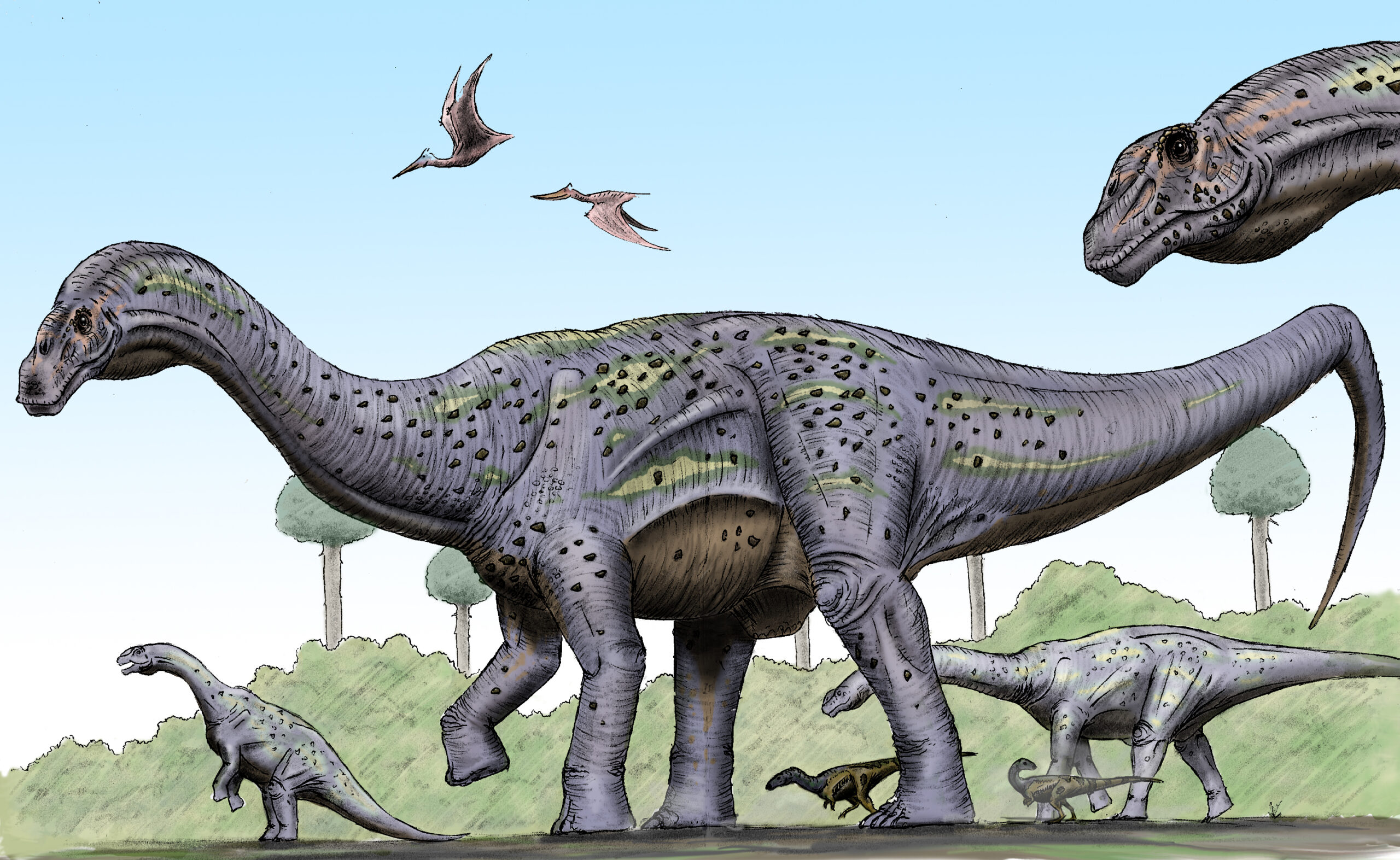
While it’s easy to focus on the mistakes and misconceptions of retro dinosaur documentaries, many of their core insights have stood the test of time. These programs correctly identified dinosaurs as the dominant terrestrial vertebrates of the Mesozoic era, and they accurately portrayed the basic anatomy and diversity of major dinosaur groups. The fundamental framework they established remains valid today.
The emphasis on dinosaur size and diversity was also spot-on. Early documentaries correctly recognized that dinosaurs came in an incredible range of sizes and shapes, from tiny feathered theropods to massive long-necked sauropods. This appreciation for dinosaur diversity helped establish the field of paleontology as a legitimate scientific discipline worthy of public attention.
Many of the environmental reconstructions in classic documentaries were also remarkably accurate. The lush, tropical worlds they portrayed were based on solid geological evidence, and their depictions of ancient landscapes often matched what we know about Mesozoic climate and vegetation. The settings may have been populated by scientifically outdated dinosaurs, but the backdrops were often surprisingly accurate.
Looking back at these vintage dinosaur documentaries is like opening a time capsule filled with scientific optimism and creative ambition. Sure, the dinosaurs dragged their tails and stood like penguins, but they also sparked imaginations and launched scientific careers. These programs may have gotten the details wrong, but they got the most important thing right: they made dinosaurs absolutely fascinating. What would you have believed if you’d been watching in 1975?




